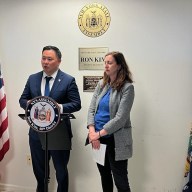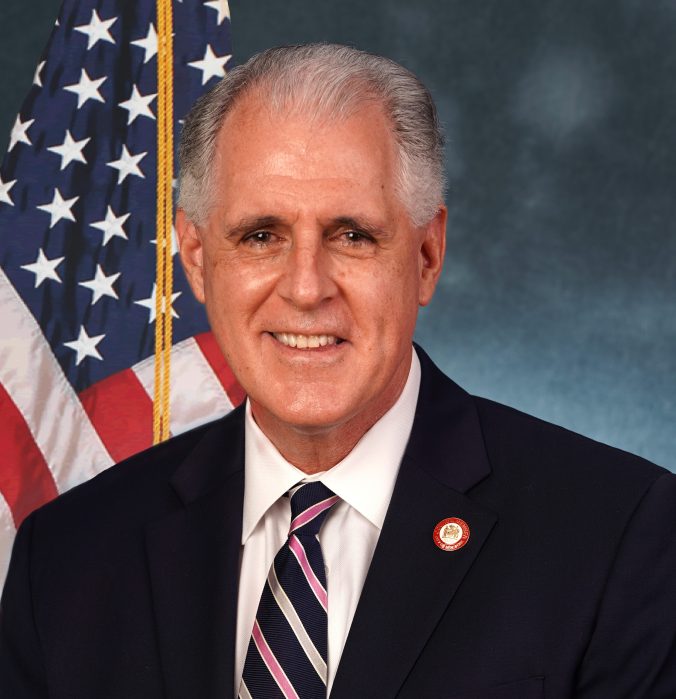By Prem Calvin Prashad
The City University of New York is in dire straits, due to political rivalries and a lack of will to fund these institutions at levels consistent with the 21st century. Notably, aside from chronic facility underfunding, many staff members have gone without raises since 2010, at a time when the cost of living has increased dramatically across the city.
Countless artists, scientists and civic leaders emerged from City, Lehman, Brooklyn and Queens Colleges—institutions that would later form the backbone of the CUNY system. City College in particular served as a haven for Jewish-American intellectuals in an era of institutional anti-Semitism in higher education. The civil rights movement flourished on CUNY campuses and forced the system to take steps toward racial integration. At its inception, CUNY promoted open enrollment for all New Yorkers and began remedial education efforts for incoming freshmen.
Today, the system is among the most diverse in the country, providing the children of immigrants and native New Yorkers alike the opportunity for a quality and affordable education. Indeed, my first experiences on a college campus were through summer programs offered for local high school students at Baruch and Queens Colleges.
Albany took control of CUNY’s senior colleges during the financial crisis of 1976 and instated tuition consistent with SUNY schools. Budgetary concerns and uncertainty on the state level have shrunk CUNY enrollment, forcing the system to backtrack from the “open enrollment” policies instituted in 1970.
In reaction to soaring staff turnover rates and student protests, the budgetary crisis became a political football between City Hall and Albany, with both sides disagreeing on how to close CUNY’s reported $51 billion budget gap. About 45 percent of CUNYs budget comes directly from Albany.
While a solution has not been forthcoming, the mayor and the governor have traded recriminations, each placing the responsibility on the other to provide additional funding. Last month, citing his opposition to adding $600 million to the state budget outside of a normal budget process, the governor vetoed a bipartisan bill to cover inflationary increases to rent, utilities and healthcare costs at CUNY.
Notably, Governor Cuomo’s recent announcement to instate the $15 minimum wage requirement across the SUNY system as part of the Mario Cuomo Campaign for Economic Justice, made no mention of CUNY schools, despite its announcement at a rally in Manhattan. The only schools within New York City subject to the increase would be Maritime College and Downstate Medical Center, both SUNY schools. Barbara Bowen, president of the Professional Staff Congress, which represents 25,000 CUNY faculty and staff, criticized the exclusion of CUNY workers from the announcement.
New York’s economic might and greatest asset is its workforce. Investing in higher education is an economic necessity that drives competitive wages. The postwar economic expansion was the largest in American history and coincided strongly with the establishment of public education institutions and efforts by the government, such as the G.I. Bill, to promote a skilled and educated workforce. Higher wage earners also are good news for Albany’s budget, as the lifetime tax contributions provided far outweigh a modest investment in education.
Studies by organizations such as the Economic Policy Institute have found a strong tie between educational attainment and high wages in states, with the only notable outliers being Alaska and Wyoming, whose economies hinge on resource extraction.
I will not prescribe the appropriate balance of funding between New York City and Albany, as the layperson cannot begin to comprehend the complexities of that relationship. Rather, I would urge New Yorkers to lean on their legislators, as well as the offices of the mayor and governor, to begin the conversation about stabilizing the CUNY system, as well as create a plan to ensure its long-term sustainability.
































